What Distribution and Version Pulled You into Linux?
I recently watched a video posted by my good friend (and former Linux Journal colleague) Shawn Powers introducing viewers to Linux and Linux distributions. And it got me thinking about my own personal experience and when I first started to dabble in the world of open source operating systems.
I was in college. It was 2001 and my friend handed me a pile of CD-R discs with Red Hat 7.2. This was before the split into Red Hat Enterprise Linux and Fedora Core. I was already familiarizing myself with FreeBSD so how different could another *nix distribution be? Well, it was vastly different, as Linux was not Unix. I would rely on computer lab resources to print the entire Red Hat release administration manual (which was hundreds of pages long) and the rest is history…
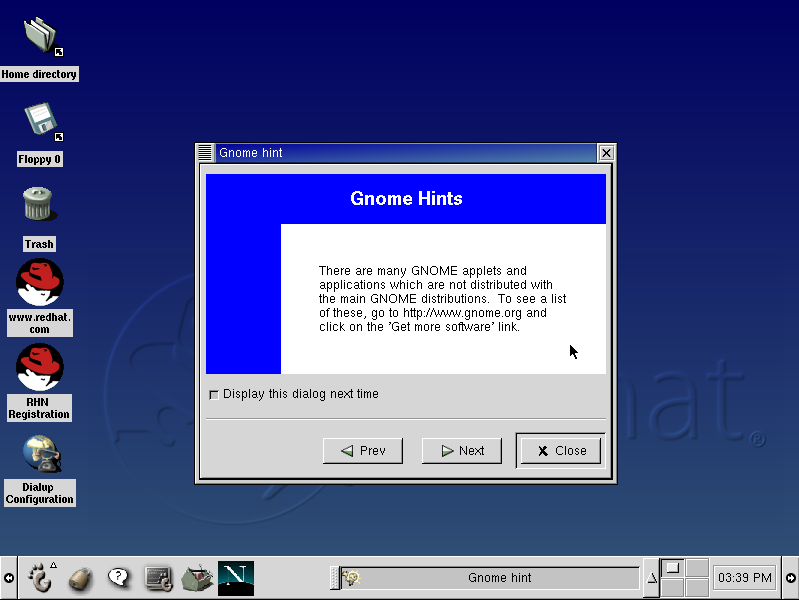
I scrapped together an old AMD K6-2 x86 motherboard. The CPU was clocked at 400 MHz. Maxed out the amount of SDRAM it could take. Updated the BIOS firmware to install larger capacity disk drives. I think I may have even paid for that BIOS update straight from the vendor or a reseller providing it on behalf of the motherboard manufacturer. A CD drive. A floppy drive. I think that was it. And I never put the case on the PC, just so I could carry it around from room to room by its “skeleton.” This was the computer that would host my Red Hat installation.
That was the starting point. I was learning about Linux kernels and drivers, package management and more importantly, development tools such as GCC and make. This was what I was using at home. At school I started to use Knoppix. The idea that an entire Linux distribution could fit and be loaded from a single CD-R was just crazy. Instead of relying on Windows NT 4.0 (with Novell Netware for user authentication), I would instead boot into the environment I was starting to feel more comfortable with.
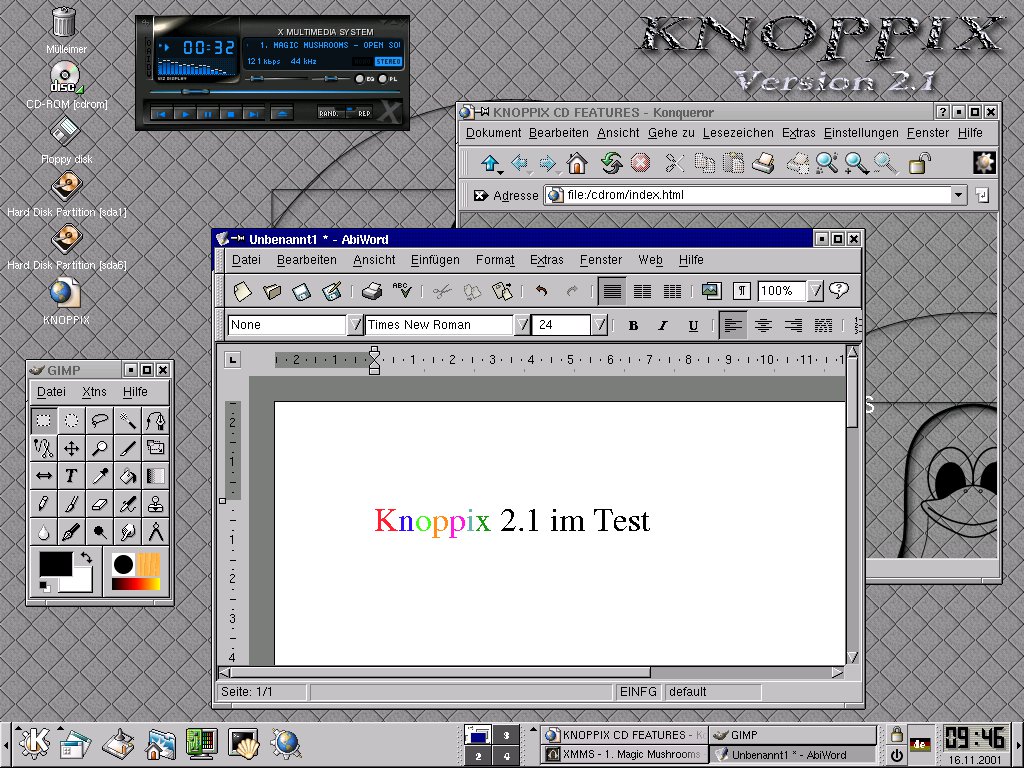
And while it was fun and exciting to learn this whole new world of computing, my skills did not fully mature and solidify until my last internship (which eventually became my first career out of college). I was employed by a little known data storage manufacturing company of the time called Xyratex. They would later be acquired by Seagate (2014). I started out as an engineer in their Quality Assurance lab testing our storage JBODs and RAID arrays across multiple Unix and Linux platforms. Relying on my Linux knowledge, I developed test tools for Sun Solaris, HP-UX, IBM AIX, SGI Irix and Linux (both Red Hat and SuSE).
As I think back, I have nothing but fond memories. Again, it was a time of learning and excitement. Linux was still considered somewhat young in the game as it continued to compete with the bigger “Unix guys.” The years would pass and the technology continued to eat away at data center marketshare. Fast forward to the present and it is (and has been) number 1 in this space. It is number 1 in the mobile and embedded space. And with technologies such as the Chromebook, it holds a nice piece of the desktop space as well. Had you told me this 21 years ago, I would not have believed it.
Now, I would love to hear from the reader: what was your first Linux distribution and version? And what is your fondest memory using it?
![Random [Tech] Stuff](https://koutoupis.com/wp-content/uploads/2022/01/koutoupis-logo-3.png)

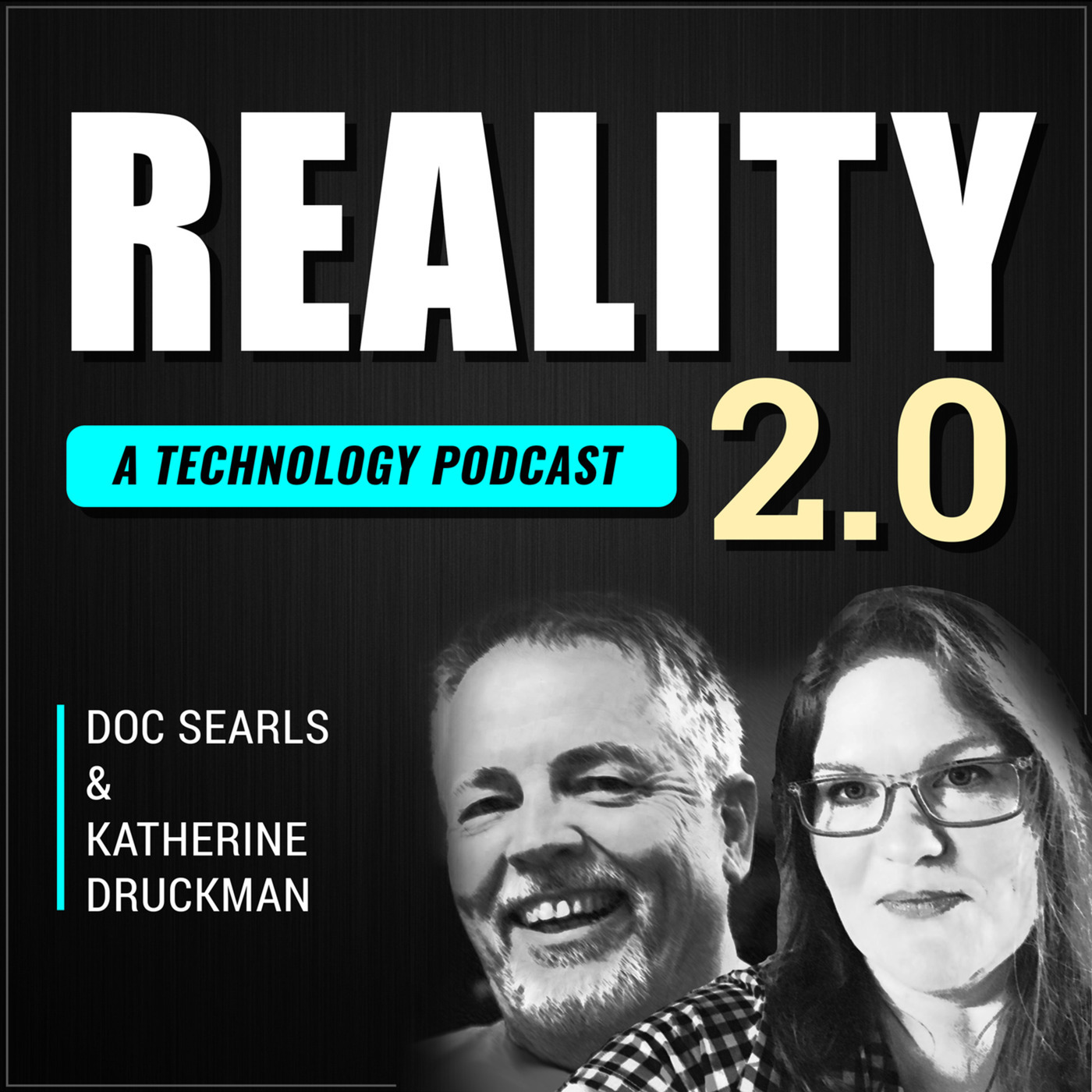

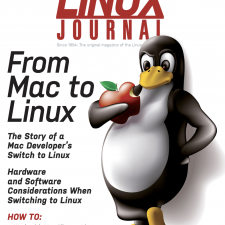
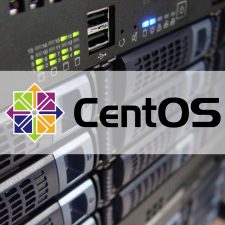
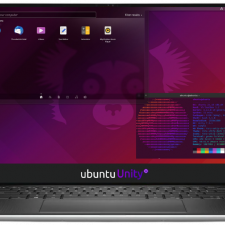
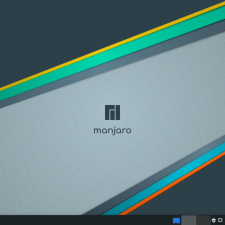
Dragon Linux – Slackware on a loopback file on an existing FAT16 or FAT32 partition, sometime in ’98 or ’99. https://sourceforge.net/projects/dragonlinux
It was new to me and not win98.
This is the first time I have heard of Dragon Linux. Just looked it up and sounds like a very interesting distribution. Thank you for sharing.
Qtopia on top of Linux 2.4 on a Sharp Zaurus SL-5500 here 🙂
Oh, the memories I have installing OPIE on my iPAQ. Replaced Windows CE to get something more up-to-date and cleaner looking.
My first Linux installation was Slackware 2.2.0 on a CD included as an attachment to a book of about 1070 pages named Linux Unleashed, printed at 1995; but the CD was not a bootable; I had to write about 20 disket images from the cd to 3½” diskettes at 1996 spring. there was about 80 diskette images including additional software. I still have the book, probably I can find the CD among several hundred Linux CD’s.
I first dabbled with Slackware in 2001, to configure a basic file server for a class assignment. Sadly, I cannot recall the version. It was fun nonetheless.
Hi
I had an EeePC 900 with windows that ran very bad.
So I tried to install Suse on it, because I read an article about it in a Danish newspaper.
But I could not get it to work…..
So I tried Ubuntu 8.04 Hardy Heron, and It worked 🙂
Became a fan right away and installed Hardy on my main laptop in dual boot as well.
Later I became all linux 🙂
I remember loading Ubuntu Netbook Remix onto my EeePC 900. It originally came with Xandros Linux, skinned to look like Windows XP. It felt clunky and slow. So, I almost immediately replaced it with Ubuntu. I miss netbooks.
After a period of distro hopping, around 2003 I became hooked on Slackware as my default. I think that would have been ver. 7 or so.
Slackware is still my preferred choice on my desktop and laptop.
Began at work on an Altos 586 running Microsoft Xenix, had Coherent (an early *nix clone) on a 286 PC, then was kindly sent Slackware 1.0(?) in 1993 on many floppies which I ran on a Compaq laptop with 2MB RAM.. I had to recompile the linux kernel to cut down the number of virtual terminals so the Compaq could cope – that recompile took 22 hours.
What am I using now? Devuan..
My first successful install was Mandrake in 2003. Dual boot with WinXP. I had wanted to install Debian, and tried several times. Of course, not having any clue of what I was doing, it didn’t work. I went from Mandrake to SuSE, and finally to Mepis. On Mepis, I discovered synaptic. My first successful install of Debian was Sarge. I have tried other distros, such as Ubuntu, but I kept returning to Debian. I’m just a home user, I love it.
My interest (more than use, though) predates Linux. I had an appointment with an SCO Xenix dealer in 1987, around the time I purchased a computer with a 80386 CPU. I didn’t have the money. I later purchased the floppy disks of (as I remember it) Minix 1.1 and 1.5. You couldn’t do anything with it but study (which it was written for). I later tried several distros of Linux (Red Hat was among the first two), but I kept being unable to even install them. Even SuSE 6, with the help of a seasoned friend.
What pulled me and also had me succeed in installing was Ubuntu Studio, due to its music capabilities.
I currently have an old notebook being dual-boot Ubuntu Studio and Windows, and I have some bootable microSD-cards with different distros (and card readers…) to resume experimenting.
RedHat 8.0 and MandrakeLinux- but I don’t remember the number. I used RedHat with Gnome but Mandrake with KDE. I loved both, Mandrake was a boxed version (I bought it to support the installation of an ISDN modem to the Internet, 2 channels of 64kb / s – but it was a convenience) and taught RedHat how to use the modem on its basis. And then it was gone- Fedora and it stayed that way.
I remember the good ol’ days, when you could walk into a retail store and see the boxed versions of Linux distributions (next to your Windows 98 and 2000).
Fedora 6. My biggest thrills were getting the printer and modem working.
The first Linux distro I ever used was Mandrake. I don’t remember what version of Mandrake I first used, but I do remember that KDE was on version 3.1 at the time. In 2003 and 2004, I dabbled around with various live distros I could buy at Barnes & Noble, ultimately taking the plunge and installing Mandrake in January of 2005 after a MAJOR pain-in-the-patoot problem with Windows 2000. Haven’t looked back since, and haven’t even had any version of Windows on any computer I own since then, either. Wifey still insists on Windows, though. Just why, I haven’t a clue…
My first installation was SLS (Softlanding Linux System) with kernel 0.99.11 on a 386 clone. Downloaded over work internet and copied to 60+ floppys for installation. Very crude but it worked
Slackware 1.1.x in Feb. of 1994.
Mandrake in 2003, I believe 7.2
Although I had already tried the Linux waters with Red Hat (way way back when you could buy a box set on CompUSA or Best Buy), the first distro that actually (mostly) worked for me was Mandrake Linux. I don’t remember the version now, but we are going all the way back to probably 2002 / 2003 or so!!.
That’s the one that did it for me, the one that really pulled me in since it almost allowed me to use it as my primary desktop…..and start moving away from Microsuck’s Windows!!
My first was with RedHat/Gnome desk top.A lot of problems. Mostly hardware. Tried Knoppix/Debian+ KDE desk top. Much better hardware compatibility, like the KDE very much. Apt was a no brainier. Fast&easy to update and configure was a breeze.